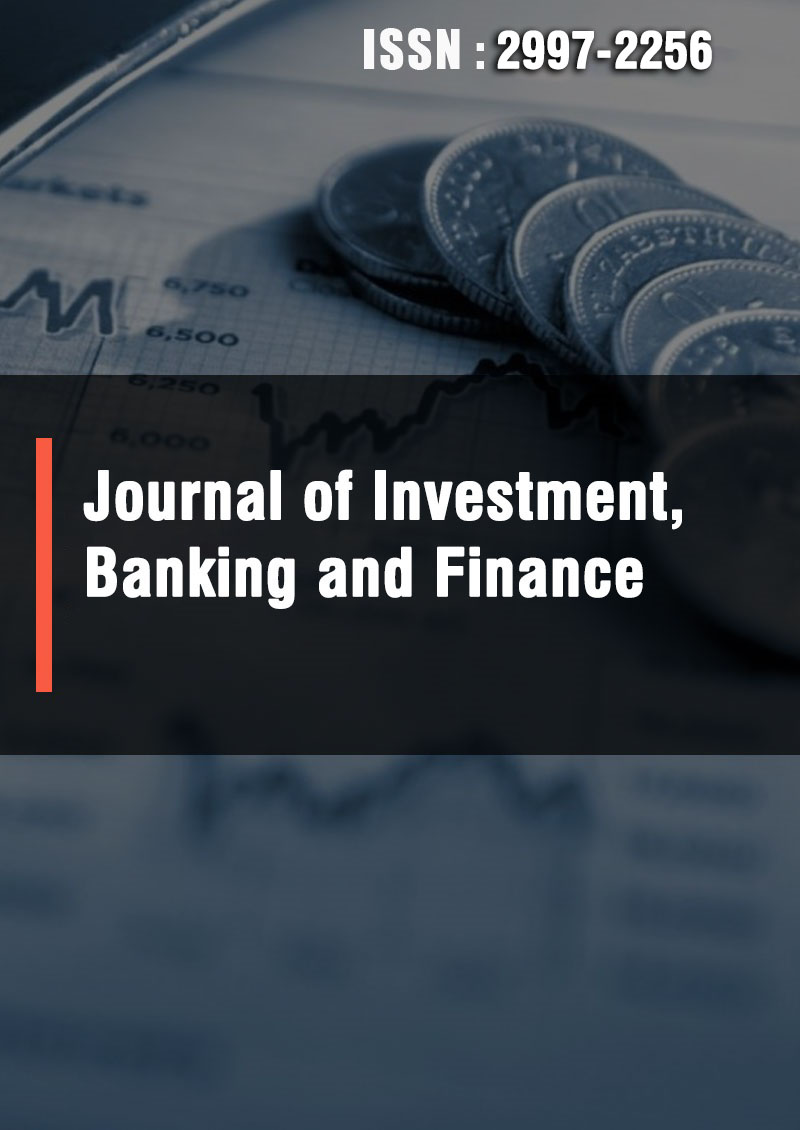An Empirical Analysis of Continuous Poisson Distribution and Deep Learning Models in the Context of Financial Performance in Europe
Abstract
Prokarsha Kumar Ghosh
In modern worlds, the economic climate, individuals face increasing risks when taking out loans, due to rising inflation and fluctuating unemployment rates. In this era, financial risk management is the process of identifying, assessing, and mitigating risks to protect financial assets and ensure stability. Therefore, loan defaults have a ripple effect on the economy, reducing consumer spending and weakening financial stability. Unemployment Rate impacts the ability of individuals to repay loans, as higher unemployment leads to less income and higher default risks. Inflation Rate reduces purchasing power and increases the cost of borrowing, making it harder for individuals to meet loan obligations. Increase in loan defaults leads to tighter credit conditions, lower economic growth, and higher unemployment as businesses face financial strain. Statistical measures, such as default rates and debt-to-income ratios, reveal a strong correlation between these macroeconomic factors and loan repayment challenges. The relationship between inflation, unemployment, and loan defaults can be modelled using regression analysis to predict default probabilities. As inflation and unemployment increase, the risk of default escalates, demanding more robust personal financial planning. This paper explores how individuals can manage these risks by adapting to changes in economic indicators and employing statistical tools to forecast financial stability. In this decade finance is more important in crisis than peace. Managing finance is important from daily life of an individual to developing economy of any country. By controlling financial risk helps to create a stable economy and a powerful nation.



